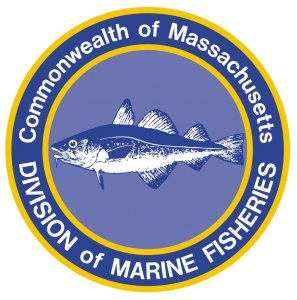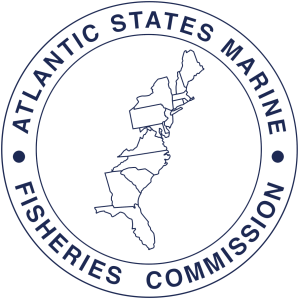ACTION REQUEST- MADMF COMMERCIAL SEASON EXTENSION
ACTION REQUEST
Oppose Plans to Increase Commercial Fishing Pressure on Striped Bass
On August 10, and with the commercial striped bass quota at almost 25%, the Massachusetts Division of Marine Fisheries (DMF) proposed adding open fishing days to the commercial striped bass fishing season. By opening more days to commercial harvest of striped bass, DMF says it will provide more opportunities for participants in the fishery to fill the annual quota of 735,240 pounds. It is likely that the state will fall short of meeting its quota for a third consecutive year.
Stripers Forever adamantly opposes this proposal, believing that increased commercial fishing pressure on striped bass is a mistake. In October of 2019, in response to years of diminishing numbers, the Atlantic States Marine Fisheries Commission (ASMFC), declared that the population of wild Atlantic striped bass was “overfished, and overfishing is occurring.” Commercial and recreational regulations were changed to reduce fishing pressure and begin the process of rebuilding a healthy, sustainable striped bass fishery.
Massachusetts’ failure to catch its full commercial quota is an indication of the declining quality of the fishery. In past years the entire quota of over a million pounds of striped bass was caught within a few weeks. Furthermore, the minimum commercial size limit of 35” means nearly all striped bass harvested in Massachusetts are mature, breeding female fish—the very fish needed to propagate the species back to abundance.
Stripers Forever encourages its members to express their opposition to the proposal. Whether you are a resident of Massachusetts or you travel from out of state to fish for striped bass, let them know how you feel. Our numbers have influenced public policy with regard to striped bass in the past (keeping the Block Island EEZ closed and adoption of the most conservative options for ASMFC regulation changes in 2019). Let’s let them hear from us again.
ACT NOW! Submit your comments to the MADMF:
The DMF is accepting public comment on these proposals through 12PM on Monday, August 24, 2020.
ADDRESS ALL COMMENTS TO: Director Dan McKiernan
EMAIL: marine.fish@mass.gov
POST MAIL: 251 Causeway Street, Suite 400, Boston, MA 02114
ASMFC Summer Meeting Update
Good News for Forage Species
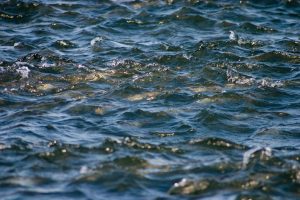
There was good news for forage species from the Atlantic States Marine Fisheries Commission (ASMFC) Summer Meeting. In a change of posture, the ASMFC adopted Environmental Reference Points (ERPs) for the management of menhaden. This change reflects the vital role “the most important fish in the sea” plays in maintaining a healthy coastal ecosystem.
An abundant menhaden population is necessary to support an abundant and healthy population of fish, birds, and marine mammals. They are also play a vital role in keeping coastal waters, including vital estuaries like the Chesapeake Bay, clean and oxygenated. Adoption of ERPs signals ASMFC’s recognition that ocean fisheries are not simply isolated resources to be exploited for commercial gain, but an intricately connected network of species that coexist in a delicate balance.
Stripers Forever thanks everyone who spoke up in favor of ERPs and helped to send an important message to the ASMFC, especially our friends at Menhaden Defenders who have tirelessly fought to protect these important fish. Your voice matters.
Update on Striped Bass Conservation Equivalency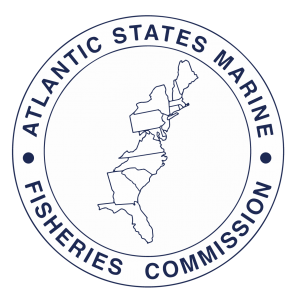
In other news from the ASMFC summer meeting, proposals to amend the rules associated with the controversial “conservation equivalency” provision of striped bass management were postponed. Citing the lack of reliable data due to COVID-19, the striped bass technical committee decided to take no action. Status quo will remain in effect for now.
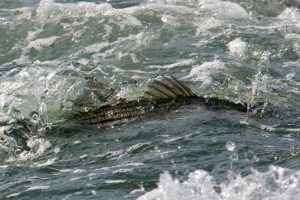
This is not good news, but it is not bad news. In the past, conservation equivalency has been used as a loophole to allow for convoluted formulas that, on paper, allow states to adopt alternative means of remaining compliant with striped bass management rules, but that have resulted in harvest increases well beyond target limits. We will continue to follow this issue when it returns later this year.
Thank you for your continued support of striped bass and of our efforts to see striped bass recognized as a game fish along the Atlantic seaboard.
2020 Recreational Striped Bass Regulations for Atlantic Coastal States
Ted Purcell* has been kind enough to compile the state regulations on recreational angling for wild striped bass for this newsletter. If you are fishing for other species – or wherever there is a chance of catching them, such as with bluefish, etc. – please be sure to check on your own state regulations for all of those species. Also, see the accompanying information on the proper handling of any species of fish for catch & release purposes.

*Stripers Forever Board member in Massachusetts; supporter, volunteer, and avid fly fisher.
**Additional information for MA- https://www.mass.gov/info-details/frequently-asked-questions-regarding-changes-to-recreational-striped-bass-limits-in?utm_medium=email&utm_source=govdelivery
ACTION REQUEST- ASMFC Winter Meeting – Feb. 4, 2020
ACTION REQUEST– ASMFC Striped Bass management board will meet to consider Addendum VI and review state implementation plans and conservation equivalency proposals.
The time is NOW! Tomorrow, Feb. 4, 2020 from 11:15 AM to 3 PM, the ASMFC Striped Bass management board will meet to consider Addendum VI and review state implementation plans and conservation equivalency proposals. Conservation Equivalency (CE) shouldn’t be part of the management plan to restore the Striped Bass stock that has already been declared overfished and experiencing overfishing. CE is nothing more than a way for states to circumvent the mandatory 18% reduction and also severely complicates the ability for the TC to measure and track the rebuilding process. ACT NOW and email your ASMFC representative with your thoughts (ASMFC Representatives). Make your voice heard and push the ASMFC to get back on track with Striped Bass management. Full meeting details can be found here (http://www.asmfc.org/home/2020-winter-meeting) and a registration link for the live-streaming of the meeting is available here (https://attendee.gotowebinar.com/register/3853611638258510347).
Draft Addendum VI was initiated in response to the 2018 Benchmark Stock Assessment, which indicates the resource is overfished and experiencing overfishing. The Draft Addendum explores a range of management alternatives designed to end overfishing and reduce fishing mortality to the target level in 2020.
The Draft Addendum proposes management options for both commercial and recreational sectors in the ocean and in Chesapeake Bay in order to reduce total fishery removals by 18% relative to 2017 levels. The proposed measures include reduced quotas for commercial fisheries, and changes in bag limits, minimum sizes, and slot size limits for the recreational sector. Since catch and release practices represent a significant component of overall fishing mortality, the Draft Addendum also explores the mandatory use of circle hooks when fishing with bait to reduce release mortality in recreational striped bass fisheries.
Draft Addendum VI is available at http://www.asmfc.org/files/PublicInput/StripedBassDraftAddVI_PublicComment_Aug2019.pdf Fishermen and other stakeholders are encouraged to provide input on Draft Addendum VI either by attending state public hearings or by providing written comment.
Please contact us at striper@stripersforever.org with any questions.
